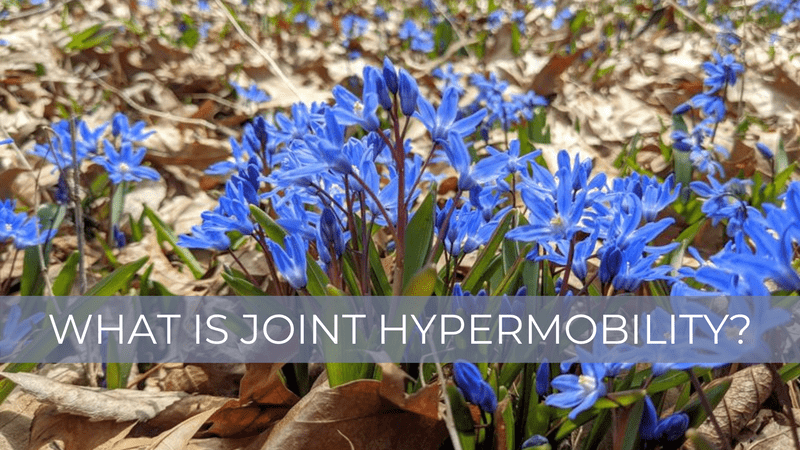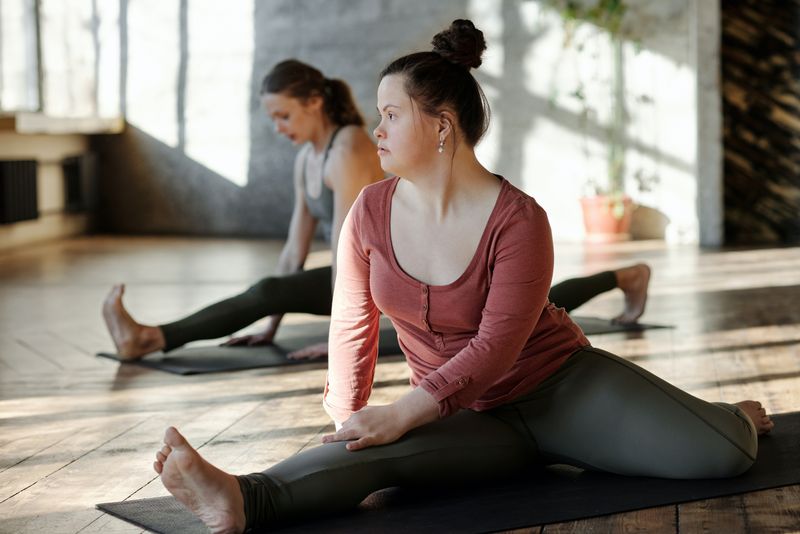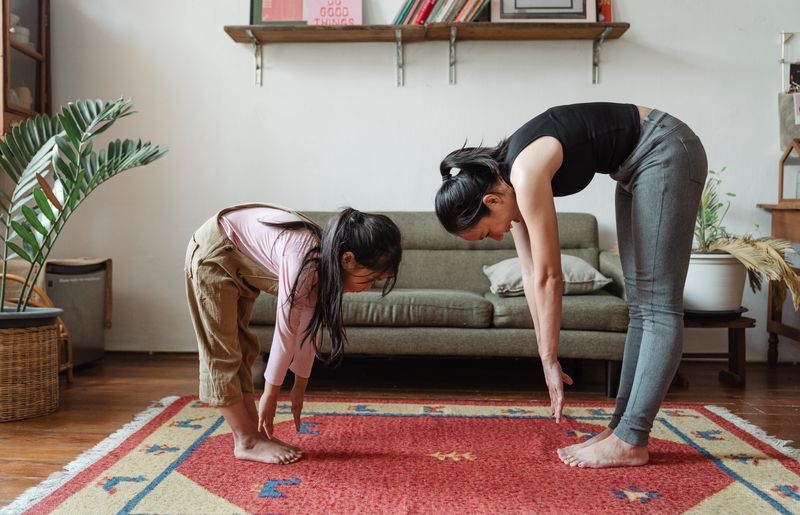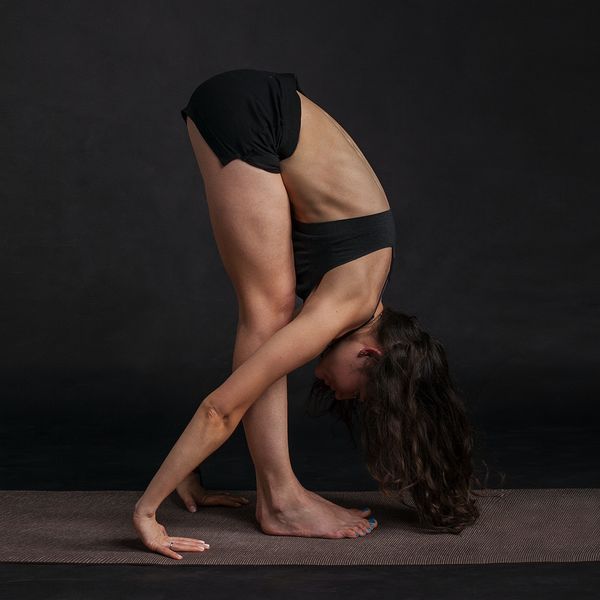Content is for informational purposes only and is not medical advice. I am not a medical professional and shall not be held liable for any use of this content. Please consult your doctor.
This post contains affiliate links at no additional cost to you. If you use these links to make a purchase, I may earn a commission, allowing me to produce more great content. Thanks!
I never considered if I had joint hypermobility until I started to notice people in my trans and neurodiverse communities online commenting on hypermobility, Ehlers-Danlos syndrome, and related symptoms. What exactly is going on with our joints?
Hi, I’m Rey, a nonbinary writer! Please subscribe for more stories and resources:

Hypermobility can mean increased flexibility. But it can also mean tight, painful, inflexible muscles holding an unstable joint in place. As the structure of the joint and the ability of the connective tissue holding it together are genetically determined, in some cases, painful symptoms may be chronic.
Hypermobile joints can be both a blessing and a curse. In a non-hypermobile joint, the bones fit together snugly and evenly, everything is held together with ligaments and supported by muscles. In a hypermobile joint, the connections are looser. The joint can partially dislocate (called subluxation) which can be painful. Full dislocation is more common. Stability and balance may be impaired.

My hips are two of my only joints that are hypermobile. Without stretching first, with no warmup, I can bend forwards and place both my palms flat on the floor. I feel a moderate stretch in the back of my legs when I do this. I stretch my legs for a few minutes about three times per week (as part of aikido warmups). Other than that, I have done no training to increase this range of motion.
I injured my left hip (in a minor way) while hiking in the snow this winter. It hurt to lift my leg to take a step. The next day, I felt my hip pop back into place with a feeling of relief. I think that may be called a subluxation. As I learned more about hypermobile joints, I started noticing how tightly I held my hips, even to the point of swaying when I walk when I’m tired, to avoid moving the joint.
These methods helped rehabilitate my injury:
I use a rubber ball to press into the muscles surrounding the hip (even just sitting on the ball when I’m on the couch) for a few minutes. This helps the muscles release if they are very tight.
Here are the pinky balls I use (I put one or two inside a sock to improve the texture).
I exercise the muscles surrounding the hip and in the leg with a stretchy band tied around the leg of a table. I move my leg back and forth against the pull of the band in all four directions.
To treat the pain, rest helped the most (sitting down, not walking more than absolutely necessary). I also like CBD salve for natural pain relief.
Here’s the vegan, cruelty-free CBD salve from Cheef Botanicals I’m enjoying now.
The goal of stretching, in a holistic or lifelong approach, is to loosen or warm up the muscles to reduce injury, stiffness, or pain. I do not believe the goal of stretching should be to achieve some arbitrary body position, such as touching your toes. If you bend forward with your hands on your thighs and feel tightness in the back of your legs, that is a good stretch for you. If you bend forward and place your hands on your feet and still don’t feel any tightness, you may need to stretch a little farther. Your range of flexibility depends far more on the structure of your joints than on your amount of practice.

Athletes may appreciate or depend on their hypermobile range of motion to excel at what they do. Building the muscles surrounding the hypermobile joint provides increased stability and control to compensate for the lack of support in the joint itself.

Strengthening the muscles that support the joint may be more effective to stabilize the joint than stretching exercises. Tight, overstrained muscles can be a result of having to hold a joint in place. So if the muscle is stronger, it will be better able to hold a stable structure without injury.
For more information on athletic training with hypermobile joints, check out the Bendy Bodies podcast. They provide a lot of fascinating and helpful tips from artistic athletes like dancers and circus performers, as well as background from medical professionals.

I’ve talked about hypermobile joints specifically, but it’s important to know that hypermobile joints can be only one of a number of symptoms of a hereditary connective tissue disorder, such as Ehlers-Danlos Syndrome (EDS). EDS, a chronic condition, affects multiple systems of the body, including the joints, GI tract, and skin.
Check out more info about EDS from The Ehlers-Danlos Society.
